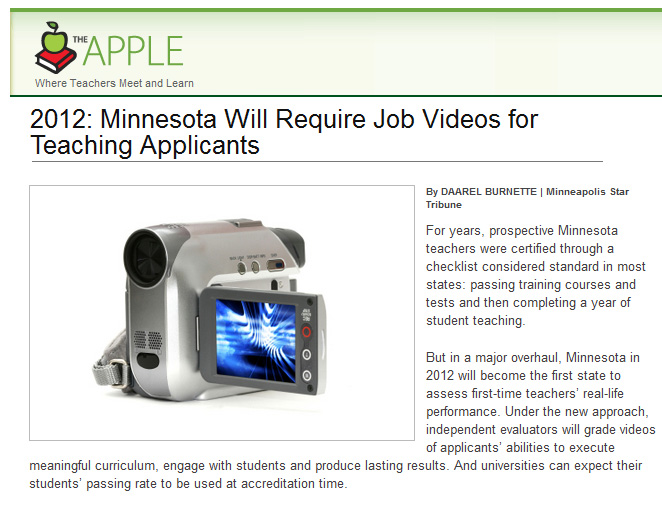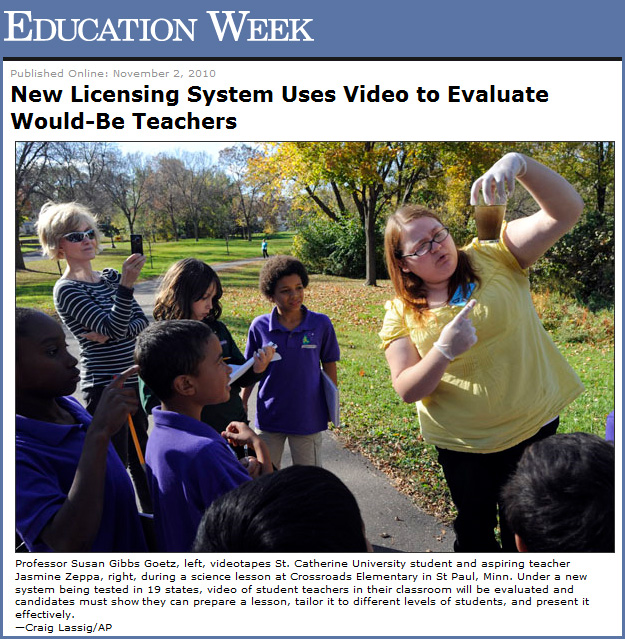‘The fundamentals of how children learn’ – ePace [from agent4change.net]
Maureen McTaggart explores a new service that helps kids learn and teachers teach

A simple 45-minute test developed by an ex-teacher helps educators identify the strengths and weaknesses of all their pupils and then transform the way they teach and how those children learn. But the ePace online profiling tool, which will be launched at BETT 2011, is not about creating more record-keeping for teachers, says Mary Blake.
“We are looking at the fundamentals of how children learn rather than what attainment level they are going to get,” she says. “I think it’s an amazing thing for teachers to know but even more so for children because it empowers them to see for themselves how they are learning.”
…
The ePace (electronic profile of attainment cognition and efficiency) test evaluates 11 critical areas of learning – auditory memory, visual memory, listening skills, emotional control, decision making, focus, hand-eye co-ordination, mental speed, timing, literacy and impulsivity – and any child from the age of seven can take it. The support pack includes practical teacher resources and strategies and interactive sharing with students and parents is actively encouraged.











